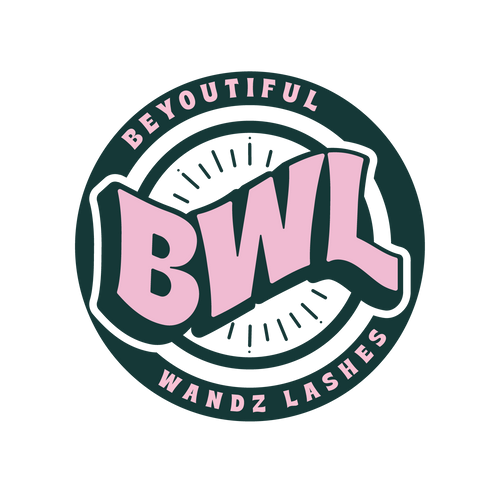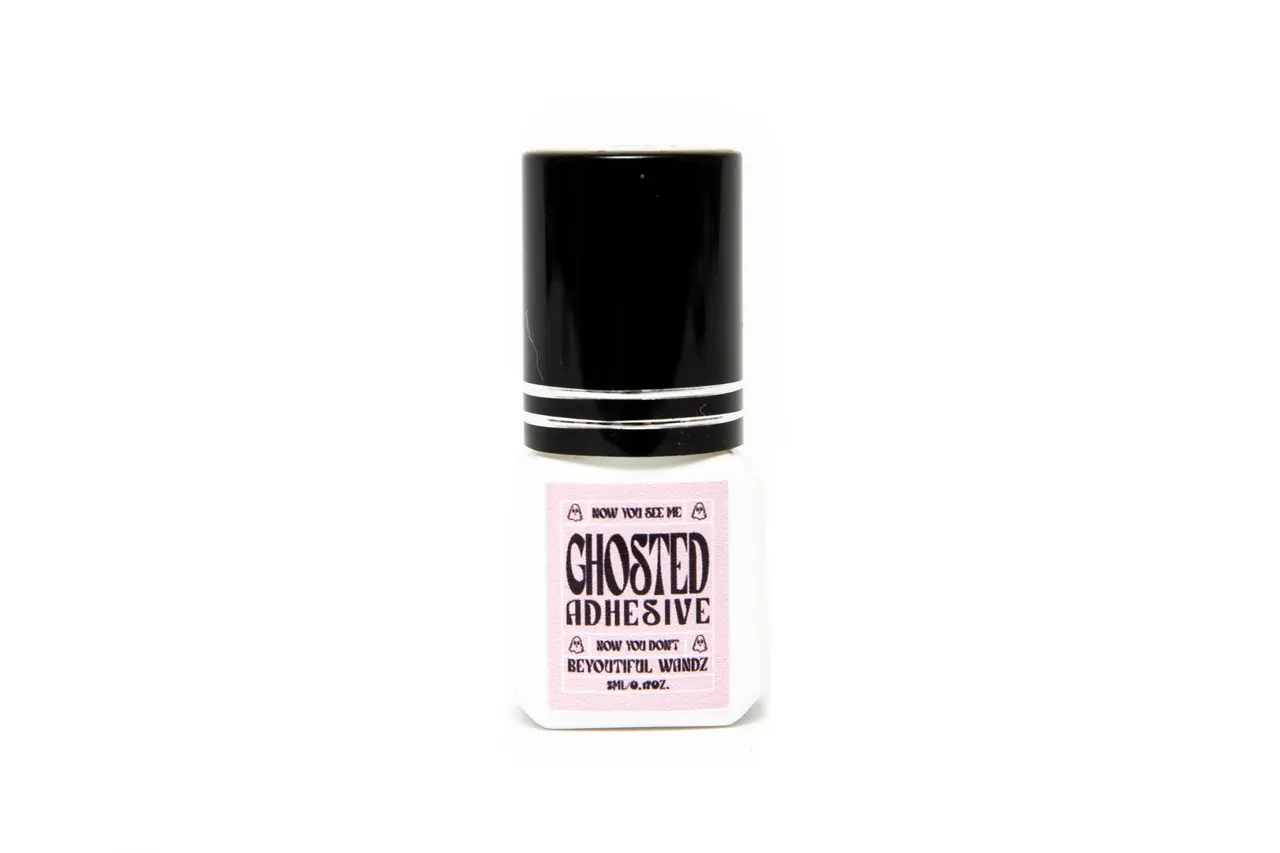Understanding the Importance of Choosing the Right Sensitive Lash Adhesive
When it comes to sensitive lash adhesive, making the right choice can make all the difference in your lash extension journey. The adhesive you use plays a crucial role in ensuring irritation-free extensions. The last thing anyone wants is red, itchy eyes due to a poor choice of adhesive. Selecting the right adhesive specifically designed for sensitive skin is paramount for a comfortable and beautiful lash application.
One of the primary factors to consider when choosing a sensitive lash adhesive is the ingredients. Look for adhesives that are formulated with sensitive skin in mind, avoiding harsh chemicals that could trigger irritation. Ingredients like cyanoacrylate provide a strong bond without causing discomfort for those with sensitive eyes. Opting for hypoallergenic adhesives can significantly reduce the risk of adverse reactions, ensuring a pleasant experience for your clients.
Another crucial aspect to keep in mind is the drying time of the adhesive. A quick-drying formula can expedite the lash extension process, minimizing the time your clients spend with their eyes closed. On the other hand, adhesives with longer drying times may increase the risk of fumes irritating the eyes. Finding a balance between quick setting and low fume emission is key to a smooth application and comfortable experience for both you and your clients.
To further enhance the comfort of sensitive lash extension wearers, choosing an adhesive with a flexible hold is advantageous. A flexible adhesive allows the extensions to move naturally with the lashes, reducing tension and the likelihood of discomfort. By selecting an adhesive that offers a gentle yet secure hold, you can ensure that your clients enjoy long-lasting extensions without any unnecessary strain on their natural lashes.
The Science Behind Sensitive Lash Adhesives
Delving into the science behind sensitive lash adhesives unveils a world of intricate chemical reactions that result in seamless bond formation. The key player in lash adhesives is cyanoacrylate, a type of quick-bonding adhesive that polymerizes when exposed to moisture. The polymerization process creates a durable and long-lasting bond between the natural lash and the extension, ensuring a secure attachment.
Moreover, the viscosity of the adhesive impacts its flow and ease of application. Thicker adhesives provide more control during the extension placement process, preventing glue from spreading unintentionally. Conversely, thinner adhesives offer a smoother texture, facilitating precise placement and reducing the risk of clumping. Understanding the viscosity of your adhesive can help you achieve flawless lash sets with ease.
The curing process of lash adhesives is equally significant in ensuring the longevity of lash extensions. Proper curing involves allowing the adhesive to fully dry and bond without exposure to moisture or humidity. This curing phase is vital for the adhesive to reach its maximum strength and durability. Educating yourself on the optimal curing conditions for your specific adhesive can enhance the retention and overall performance of the extensions.
Additionally, the sensitivity of some individuals to lash adhesives can be attributed to formaldehyde content. While formaldehyde has been a traditional ingredient in adhesives for its preservative properties, many modern formulas are now formaldehyde-free to cater to sensitive skin types. Opting for formaldehyde-free adhesives can reduce the risk of adverse reactions and provide a safer and more comfortable experience for your clients.
How to Properly Prepare for Applying Sensitive Lash Extensions
Properly preparing for sensitive lash extension applications is key to ensuring a seamless and comfortable experience for your clients. Begin by creating a clean and well-organized workspace free from dust or debris that could compromise the adhesive bond. Maintaining a hygienic environment is crucial for preventing any potential irritants from coming into contact with your clients’ eyes during the procedure.
In addition to environmental preparations, conducting a patch test on your client is essential when working with sensitive lash adhesives. Apply a small amount of adhesive behind the ear or on the forearm to check for any adverse reactions before proceeding with the full application. This simple test can help identify potential allergies and ensure the safety of your clients throughout the lash extension process.
Furthermore, properly priming the natural lashes before application is crucial for optimal bond strength and longevity. Using a lash primer helps remove any residual oils or impurities on the lashes, allowing the adhesive to create a secure attachment. By incorporating a thorough cleansing and priming step into your lash extension routine, you can enhance the adhesion and durability of the extensions for your clients.
Lastly, establishing open communication with your clients regarding their sensitivities and preferences is vital when preparing for sensitive lash extensions. Understanding their concerns, allergies, and desired outcomes enables you to tailor the application to their specific needs, fostering trust and confidence in your expertise. By taking the time to prepare diligently and address any potential issues proactively, you can deliver a personalized and comfortable lash extension experience.
The Ultimate Guide to Achieving Long-Lasting and Comfortable Lash Extensions
Achieving long-lasting and comfortable lash extensions requires a combination of superior products, precise application techniques, and diligent aftercare practices. Starting with the right adhesive is paramount in ensuring a strong and enduring bond between the natural lashes and extensions. By selecting a high-quality adhesive designed for sensitive skin, you can lay the foundation for extensions that last through various activities and environments.
When it comes to application techniques, mastering proper isolation and placement is key to preventing clumping and discomfort. Ensuring each extension is carefully separated and adhered to an individual natural lash promotes a natural look and prevents strain on the eyelids. By focusing on precision and attention to detail during the application process, you can achieve a seamless and comfortable result for your clients.
Equally important is educating your clients on how to care for their lash extensions post-application. Providing detailed aftercare instructions, such as avoiding oil-based products and rubbing the eyes, can help extend the longevity of the extensions. Encouraging regular maintenance appointments for infills and touch-ups can also ensure that the lashes remain in optimal condition, enhancing comfort and retention over time.
Moreover, promoting good overall eye health and hygiene practices can contribute to the comfort and longevity of lash extensions. Advising your clients on gentle cleansing techniques, avoiding excessive rubbing or pulling on the lashes, and using lash-safe makeup products can help preserve the extensions and prevent irritation. By empowering your clients with knowledge on proper lash extension care, you can support their journey to long-lasting and comfortable lashes.
Tips for Ensuring a Smooth and Safe Sensitive Lash Extension Application Process
To ensure a smooth and safe sensitive lash extension application process, attention to detail and meticulous planning are essential. Start by carefully reviewing your client’s medical history and allergies to identify any contraindications that may impact the use of lash adhesives. Understanding your client’s sensitivities and potential risks allows you to customize the application to prioritize safety and comfort.
Another tip for a successful sensitive lash extension application is investing in high-quality tools and equipment. Utilizing fine tweezers for precise isolation and placement, as well as magnifying glasses for enhanced visibility, can streamline the application process and minimize errors. Equipping yourself with reliable tools ensures a professional and efficient experience for both you and your clients.
Furthermore, maintaining optimal humidity and temperature levels in your work environment is crucial for the performance of sensitive lash adhesives. Fluctuations in humidity can affect the drying time and bonding strength of the adhesive, potentially leading to retention issues. Creating a controlled climate with moderate humidity levels ensures consistent and reliable results during the application process.
Lastly, staying up to date with industry trends and advancements in lash extension technology can enhance your skills and knowledge as a lash artist. Attend training workshops, seminars, or conferences to learn about new techniques, products, and safety practices in the beauty industry. By continuously educating yourself and refining your techniques, you can provide the best possible experience for your clients and elevate the quality of your lash extension services.
Exploring Different Types of Lash Adhesives and Their Suitability for Sensitive Skin
Exploring the vast array of lash adhesives available on the market can be overwhelming, especially when catering to clients with sensitive skin. Understanding the different types of adhesives and their suitability for sensitive individuals is essential in providing a tailored and comfortable lash extension experience. From quick-drying formulas to sensitive skin-specific adhesives, the options are varied to accommodate various needs and preferences.
One common type of lash adhesive suitable for sensitive skin is the latex-free formula. Latex-free adhesives are gentle on the skin and reduce the risk of allergic reactions, making them ideal for clients with sensitivities. These adhesives provide a secure bond without compromising comfort, allowing individuals with sensitive skin to enjoy the beauty of lash extensions without irritation.
For clients with particularly sensitive eyes, hypoallergenic adhesives offer a safe and effective solution for lash extension applications. Hypoallergenic formulas are free from harsh chemicals and allergens, minimizing the potential for adverse reactions and ensuring a comfortable wearing experience. By opting for hypoallergenic adhesives, you can cater to a broader clientele base and provide inclusive and luxurious lash services.
Another innovative option for sensitive lash adhesive seekers is the formaldehyde-free formula. Formaldehyde-free adhesives eliminate the risk of irritation associated with this preservative, making them a preferred choice for clients with sensitive eyes. These adhesives offer a gentle yet robust bond, ensuring long-lasting and comfortable extensions for individuals with delicate skin.



Leave a comment